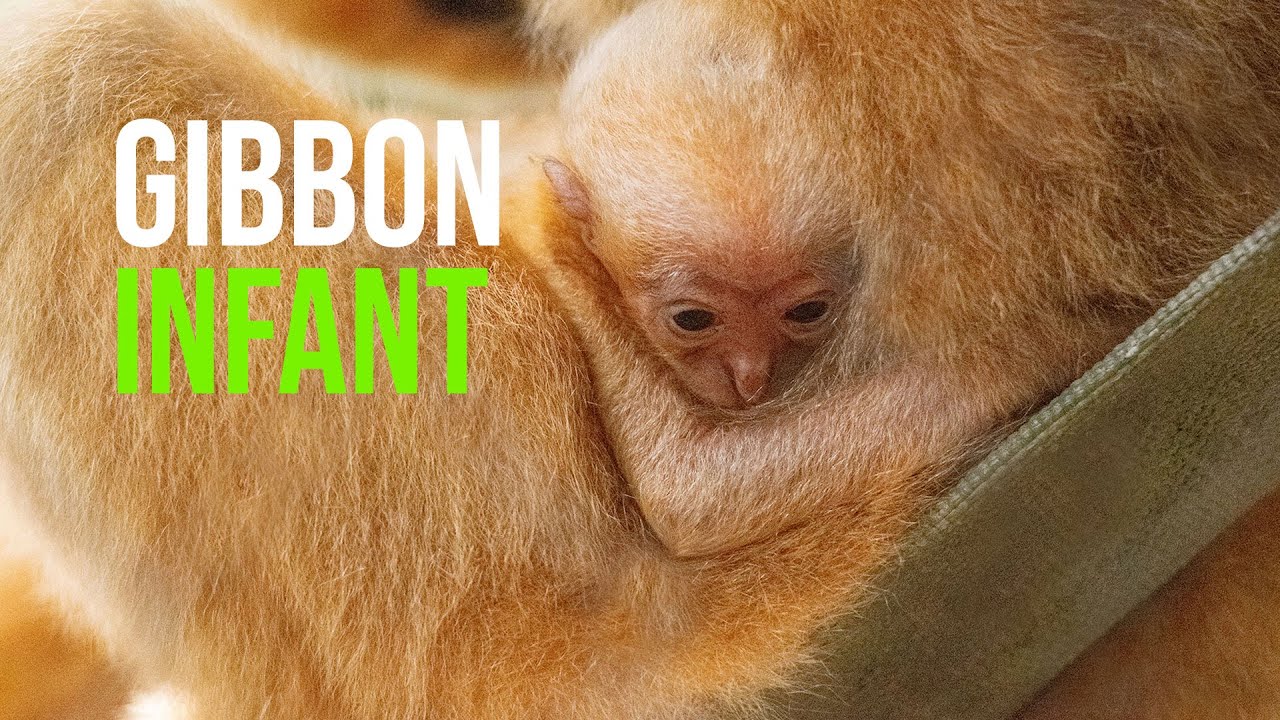– Insights into the significance of newborn animals in zoos for conservation efforts
– The crucial role of zoo management in the health and well-being of newborn animals
– How new births in zoos contribute to public education and awareness of wildlife conservation
– The importance of genetic diversity in zoo breeding programs
The birth of a new baby animal in a zoo is always filled with joy, anticipation, and a tremendous amount of responsibility. Such occurrences are significant milestones for the zoo and conservation efforts globally. They serve as a beacon of hope for the future of endangered species and as an educational tool that brings wildlife conservation to the forefront of public consciousness.
Each new life, such as a cheeky new baby born in a zoo, becomes an ambassador for its species, highlighting the delicate balance of nature and the necessity of protecting natural habitats. These births are pivotal in zoos’ broader conservation mission, offering a tangible example of what is at stake. Through successful breeding programs, zoos can preserve genetic diversity, which is crucial for the species’ long-term survival. Genetic diversity is a buffer against diseases and health issues arising from inbreeding, ensuring a healthier, more resilient animal population.
Zoo management plays a pivotal role in the care and well-being of newborn animals, employing state-of-the-art technology and veterinary practices to monitor their development. This involves the creation of habitats that mimic the animal’s natural environment to the highest degree possible, nutrition plans tailored to the species’ specific needs, and continuous health assessments to catch any potential problems early on. This meticulous attention to detail ensures the newborn has the best possible start, which is essential for its development and integration into the zoo community.
Moreover, the arrival of a new baby animal at a zoo provides a unique opportunity for public education and engagement. Zoos use this occasion to inform visitors about the status of the animal’s wild counterparts and the challenges they face, such as habitat loss, climate change, and poaching. By fostering an emotional connection between the public and wildlife, zoos hope to inspire action for conservation efforts beyond their gates. Educational programs centered around a cheeky new baby born into the Zoo can ignite a passion for nature in young visitors, potentially shaping the next generation of conservationists.
Furthermore, zoo breeding programs are critical for maintaining and increasing genetic diversity among captive animal populations. Through careful planning and collaboration with other zoos worldwide, management teams work to pair animals to maximize genetic variance, which is vital for the species’ future adaptability to changing environments. This strategic approach to breeding also helps prevent the overrepresentation of certain genetic lines, which can lead to inherited health issues. As a result, the birth of a new baby animal in a zoo is more than just an addition to the zoo population; it’s a carefully considered step towards sustainable species preservation.
In essence, the birth of a cheeky new baby born in a zoo encapsulates the joint efforts of conservation, education, and wildlife management. It highlights the critical work done behind the scenes to ensure the survival of endangered species and educates the public on the importance of biodiversity. These events are crucial milestones that underscore our planet’s broader environmental challenges and how collective efforts can help mitigate these issues. Through strategic management, public engagement, and a commitment to conservation, zoos play a vital role in the stewardship of our world’s magnificent wildlife, one newborn animal at a time.
*****
Source Description
Houston Zoo Welcomes First Northern White-Cheeked Gibbon
HOUSTON (June 13, 2023) – It’s a Houston Zoo @houstonzoo first! A male northern white-cheeked gibbon was born on May 30 to first-time parents Ting and Max. This is the first time this species has been born at the Houston Zoo. Guests can see the new family in Wortham World of Primates, next to the De Brazza’s monkeys. While mother and baby bonding is going well, the first few weeks are crucial, and the animal care team is closely watching the pair. The keepers who have dedicated their lives to caring for the gibbons will have the honor of naming the newborn.
Northern white-cheeked gibbons are native to southeast Asia, Vietnam, and southern China and are critically endangered in the wild. Their numbers have declined by 80% over the past 45 years, primarily due to habitat loss and poaching.
White-cheeked gibbons have many unique features, including being dimorphic in fur color. This means all white-cheeked gibbons are born cream-colored and then change to black when they are about two years old. At that point, they develop their iconic white cheek patches. Males stay black, while females revert to the cream color.
Another way to tell gibbons apart from other primates is through their exceptionally long arms. White-cheeked gibbons have the longest arm length relative to the body size of any primate. Their arms are longer than their legs, which helps them swing from tree to tree.
Guests can help save wild primates around the world by visiting the Zoo. A portion of each Zoo membership and admission ticket supports the Zoo’s wildlife conservation work in Asia, Africa, and South America. The Houston Zoo helps equip anti-poaching patrols, protects and restores habitat through reforestation initiatives led by locals and provides expert veterinary care to heal and rehabilitate sick and injured primates.
Photo credit, Jackelin Reyna/Houston Zoo
Video credit, Kevin Kendrick/Houston Zoo


